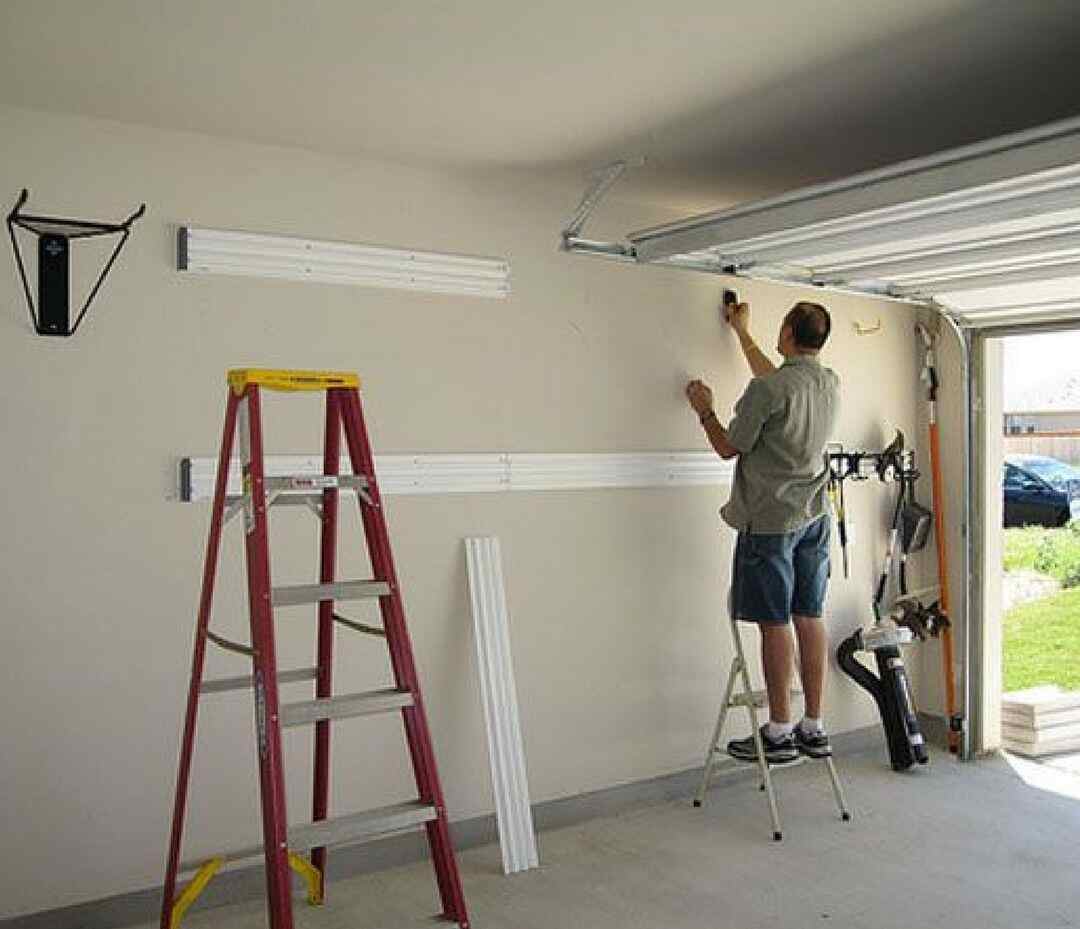In this guide, we’ll cover the most common types of emergencies, safety precautions to take, and how to decide whether you can do a temporary fix or if you need immediate professional garage door service.
A malfunctioning garage door can be more than just an inconvenience — it can be a safety hazard for you, your family, and your property. From broken springs to jammed tracks, garage door emergencies can happen at the most inconvenient times. Knowing how to handle a garage door emergency the right way can save you time, money, and stress.
Understanding a Garage Door Emergency
A garage door emergency can be any sudden malfunction that affects the safety, security, or functionality of the door. The most common include:
- Broken springs – The door won’t open or close properly.
- Snapped cables – The door may slam shut unexpectedly.
- Track misalignment – The door struggles to move or gets stuck.
- Opener failure – The motor doesn’t respond to controls.
- Door off its tracks – Risk of falling and causing injury or damage.
In most cases, these issues require prompt attention from an emergency garage door repair specialist.
Step 1: Stop Using the Garage Door Immediately
If you suspect something is wrong, stop operating the door. Continuing to use a damaged garage door can:
- Make the problem worse
- Increase repair costs
- Put people and property at risk
For example, if a cable has snapped, the heavy door could slam down unexpectedly, causing serious injury.
Step 2: Identify the Problem (Without Risking Safety)
Take a visual inspection from a safe distance. Look for:
- Loose or hanging cables
- Gaps in the springs
- Tracks that appear bent
- Rollers that are off track
- Motor humming but not moving the door
Do not attempt to remove or repair parts like springs or cables yourself. These components are under high tension and can cause severe injuries if mishandled.
Step 3: Secure the Area
If the door is stuck halfway open, it creates both a security risk and a safety hazard. To secure the area:
- Keep children and pets away from the garage.
- If possible, lower the door manually to a closed position (only if safe).
- Use clamps or locking pliers on the track to keep the door from moving unexpectedly.
Step 4: Contact Emergency Garage Door Services
Some repairs should never be delayed — especially those involving springs, cables, or a door off its tracks. Calling a 24/7 garage door repair company ensures:
- Quick response time, even late at night or on weekends
- Proper tools and replacement parts
- Expert diagnosis and long-term solutions
Look for companies that have strong reviews, transparent pricing, and certified technicians.
Step 5: Perform Temporary Fixes (If Safe)
While waiting for professional help, you may be able to perform minor, safe actions:
- Disconnect the opener if the motor is stuck running.
- Clean photo-eye sensors if the door won’t close.
- Remove small debris blocking the tracks.
These actions can prevent further damage but should never replace professional repairs.
Preventing Future Garage Door Emergencies
You can’t always avoid a breakdown, but regular maintenance reduces the risk. Key tips include:
- Lubricate moving parts every 3–6 months.
- Test the balance of the door regularly.
- Inspect cables, springs, and rollers for wear.
- Schedule annual inspections with a professional garage door service.
Conclusion
Handling a garage door emergency the right way means staying calm, prioritizing safety, and knowing when to call in the experts. Whether it’s broken springs, damaged tracks, or a malfunctioning opener, an emergency garage door repair service can restore safety and functionality quickly. By taking preventative measures and scheduling regular maintenance, you can avoid many unexpected breakdowns in the future.
Frequently Asked Questions (FAQs)
1. What should I do if my garage door won’t close at night?
First, check if the sensors are blocked or misaligned. If that doesn’t work, contact a 24/7 garage door repair service to ensure security.
2. Is it dangerous to repair garage door springs myself?
Yes — springs are under extreme tension and can cause serious injuries. Always hire a professional.
3. Can I manually open my garage door if the opener fails?
You can disengage the opener using the emergency release cord, but do so only if the door is in a safe position and springs are intact.
4. How quickly can emergency repair services respond?
Many companies offer same-day or after-hours service to handle urgent situations.
5. What’s the most common garage door emergency?
Broken springs are among the most frequent issues, often leaving the door inoperable.



